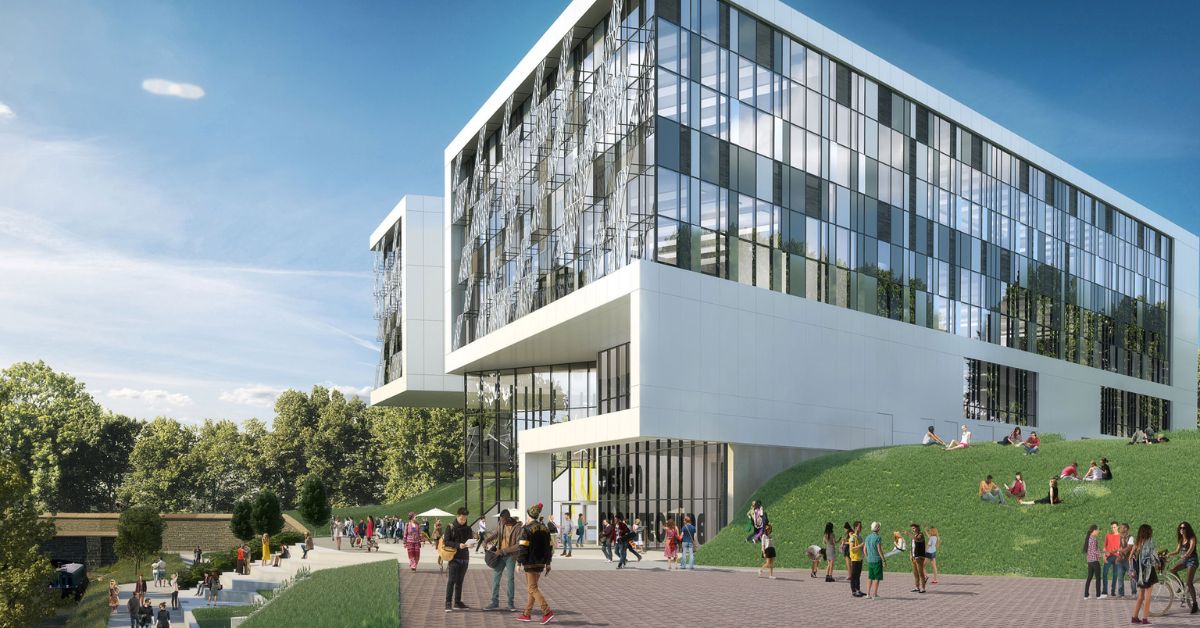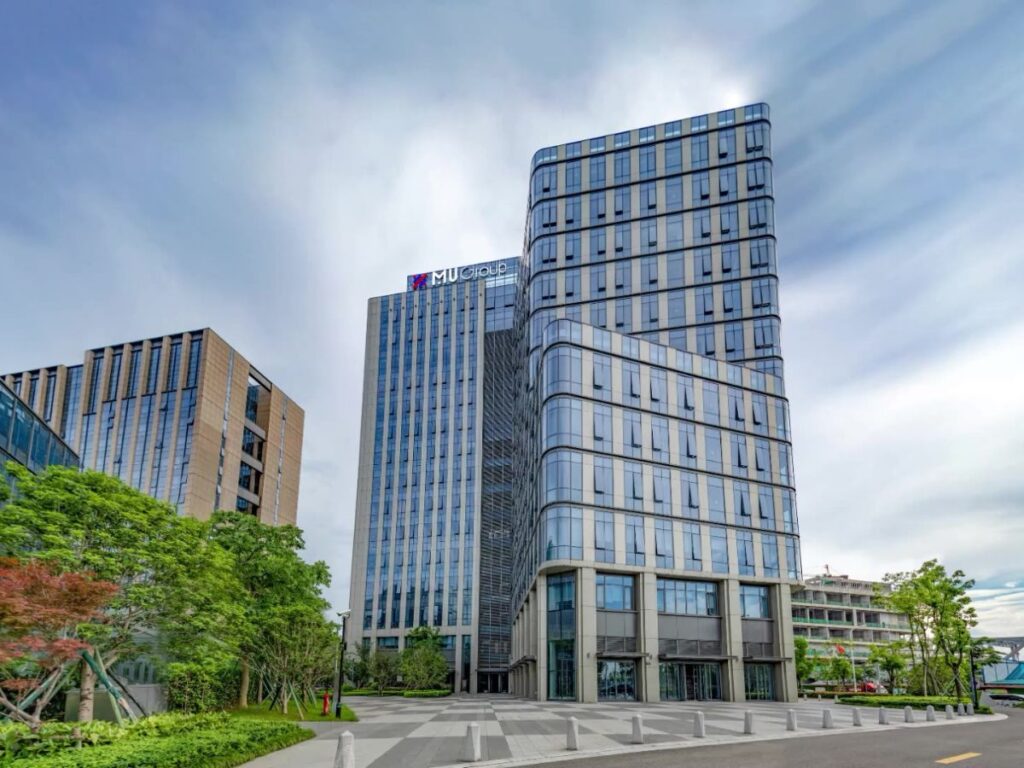BREEAM, or the BREEAM Assessment Method, is a leading global sustainability assessment method for master planning projects, infrastructure, and buildings.
It addresses several lifecycle stages, including New Construction, Refurbishment, and In-use. Recognising the vital role of sustainable construction in today’s world, BREEAM assessment have become essential in promoting environmental, social, and economic sustainability in the construction industry.
Understanding the Importance of BREEAM Assessment in Sustainable Construction
What is BREEAM?
BREEAM is an internationally recognised measure used to assess the environmental performance of buildings. It sets the standard for best practices in sustainable building design, construction, and operation. It has become one of the most comprehensive and widely recognised measures of a building’s environmental performance.
Critical Benefits of BREEAM Certification
Why Opt for BREEAM Certification?
BREEAM-certified buildings provide numerous benefits, including enhanced environmental performance, significant operational cost savings, and a healthier environment for occupants. By adhering to BREEAM standards, developers and owners not only boost the sustainability of their projects but also enhance their marketability.
The Role of BREEAM HEA 06 Assessment in Enhancing Occupant Wellbeing
BREEAM significantly impacts one specific area through the BREEAM HEA 06 assessment, which focuses on indoor air quality (IAQ). This part of the BREEAM assessment evaluates the effectiveness of ventilation systems, the control of contaminants, and the ability of the building to provide a healthy indoor environment. Good IAQ is linked to better health, increased comfort, and higher productivity, which are increasingly crucial in commercial and residential spaces. Ensuring high standards in this area contributes to the wellbeing of occupants and aligns with broader environmental goals.
Sustainable Construction Techniques Promoted by BREEAM
How Does BREEAM Promote Sustainable Building Practices?
BREEAM encourages using sustainable construction techniques, such as efficiently using materials, reducing waste, and employing renewable energy sources. These practices are suitagble for the planet and economically beneficial in the long run. By promoting a comprehensive approach to sustainable construction, BREEAM helps projects reduce carbon footprints, save energy, and utilise resources more efficiently.
Economic Benefits of BREEAM
What are the Economic Implications of BREEAM Certification?
Besides environmental benefits, BREEAM certification can significantly enhance a property’s conveyancing value. It increases rental yields, attracts premium tenants, and improves occupancy rates. Properties with BREEAM certification also have lower operating costs and enhanced durability, thanks to the high standards required in materials and systems used.
BREEAM’s Global Influence
How is BREEAM Influencing Global Sustainable Construction Standards?
As one of the oldest and most widely used environmental BREEAM assessment methods, BREEAM has set a benchmark for many countries that have adopted or adapted it for their use. Its influence helps push global construction standards towards more sustainable practices, prioritising environmental performance in construction projects worldwide.

Challenges and Considerations
What Challenges Might One Face with BREEAM Certification?
While BREEAM is a powerful tool for promoting sustainability, achieving certification can be challenging. The process can be complex and costly, requiring detailed documentation and sometimes significant changes in project management practices. However, the long-term benefits often outweigh these initial challenges.
Comprehensive Criteria and Categories
What Specific Areas Does BREEAM Assess?
BREEAM assesses buildings across a diverse range of criteria that influence sustainable practices. These include energy use, water resources, health and wellbeing, pollution, transport, materials, waste, ecological use, and management processes. Each category has a set of targeted standards designed to push the construction industry towards more responsible and environmentally friendly practices.
For instance, the energy criterion evaluates the building’s energy efficiency, carbon emissions, and the integration of renewable energy sources. This encourages designing and constructing more energy-efficient buildings and less dependence on fossil fuels.
BREEAM HEA 06 Assessment: Focusing on Indoor Air Quality
How Does the BREEAM HEA 06 Assessment Impact Building Occupants?
The BREEAM HEA 06 Assessment focuses explicitly on indoor air quality, a crucial component of building environments that directly affects occupant health. This BREEAM assessment ensures that the ventilation systems can provide high air quality, control potential contaminants, and thus significantly enhance the wellbeing and productivity of individuals.
By setting high standards for indoor air quality, BREEAM ensures that buildings are not only environmentally friendly but also places where people can thrive physically and mentally.
Innovation Credits
What Are BREEAM Innovation Credits?
BREEAM also offers innovation credits, which are awarded for employing novel solutions and breakthrough technologies that enhance a building’s sustainability beyond standard practices. These credits encourage project teams to think creatively and apply cutting-edge solutions that set new standards in sustainable construction.
Training and Professional Development
How Does BREEAM Assessment Promote Professional Development in the Construction Industry?
BREEAM also focuses on educating and training professionals in the construction industry about sustainable practices. Through workshops, certification courses, and continuing education programs, BREEAM disseminates knowledge about the latest sustainable construction techniques and technologies, thereby raising the overall standard of building practices.
Conclusion:
The adoption of BREEAM and specifically the detailed focus areas like the BREEAM Assessment for indoor air quality, showcase the evolving nature of building standards that emphasise sustainability’s environmental, social, and economic facets. By integrating these standards, the construction industry can significantly contribute to a more sustainable future, making BREEAM assessment an essential process for any forward-thinking construction project.

